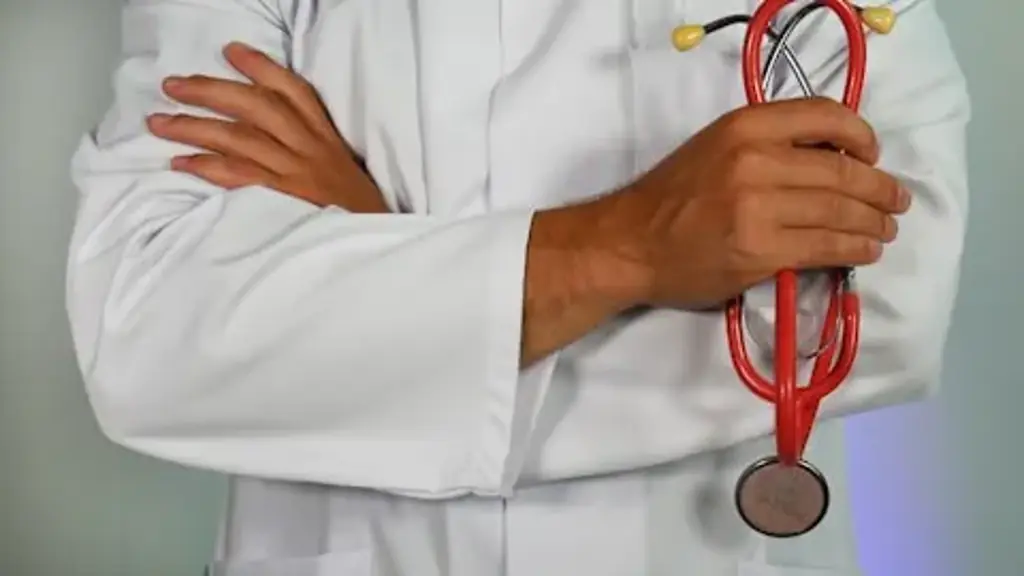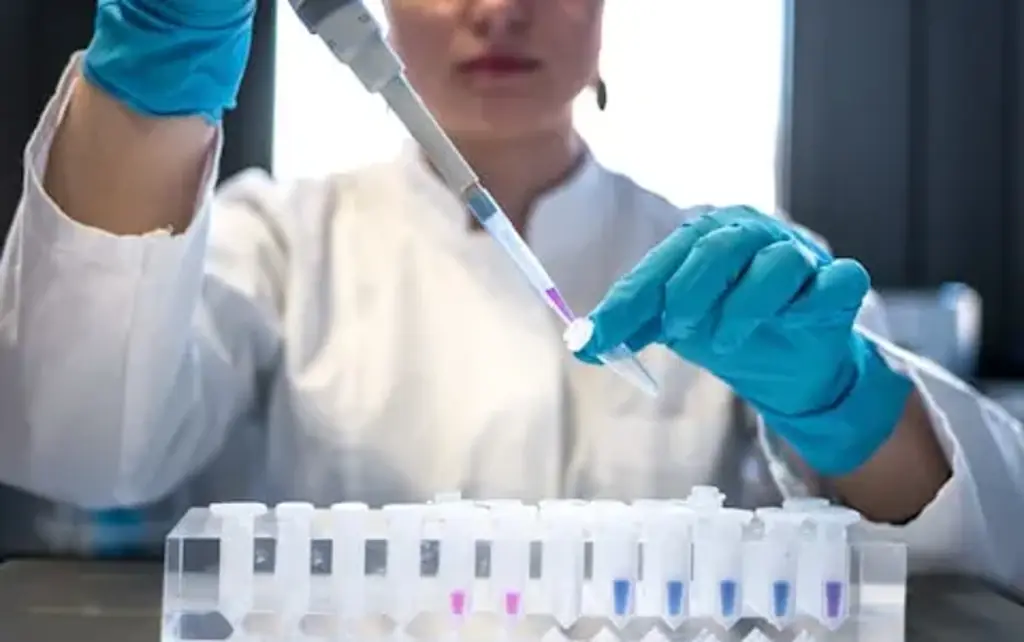Health2 min(s) read
Health experts issue urgent alert to anyone noticing clusters of white spots on their skin or private parts
Recently, health experts have raised concerns about the appearance of white spots on the skin, especially when they appear on more delicate areas like the face or genitals. While these spots can be concerning, experts suggest they are usually harmless and may be caused by two common skin conditions: milia and Fordyce spots.
Milia are small, white bumps that often develop on the face, particularly around the eyes, nose, and lips. These spots are tiny cysts formed when dead skin cells or keratin get trapped under the skin.
Dr. Marnie Nussbaum, a clinical instructor of dermatology at Weill Cornell Medical College, explained to Women's Health that “Milia are tiny keratin-filled cysts on the surface of the skin,” and notes that they are often mistaken for whiteheads or acne. However, unlike acne, milia are not filled with liquid sebum or bacteria, making them more difficult to remove.
What are Fordyce spots?
In addition to milia, some individuals may notice similar white or flesh-colored spots in their genital area. These are typically Fordyce spots, which occur when oil glands become more visible, often around puberty.
According to the Cleveland Clinic, Fordyce spots are a common condition that appears on mucosal surfaces like the lips, penis, and vagina. These spots are not a sign of infection or disease; in fact, they are naturally occurring and usually become more prominent with age. While they are harmless, some individuals may want to remove them, which can be done using a variety of treatments.
Why you should avoid popping the spots
Experts warn against attempting to pop or pick at either milia or Fordyce spots. Dr. Nussbaum advises against trying to pop milia, explaining that due to the skin’s surface covering, nothing will come out, and attempting to do so could result in scarring. Similarly, Healthline cautions that squeezing Fordyce spots won’t make them go away and could lead to infections.
Both conditions may improve on their own over time, but if treatment is desired, there are several options. For Fordyce spots, over-the-counter topical treatments like retinoids can help, and more invasive methods such as cryotherapy, laser resurfacing, or surgery can be used in more severe cases. Milia can also be treated with topical creams like adapalene gel or tretinoin, or they may be removed surgically.
It’s important to consult with a healthcare provider for advice tailored to your specific condition before seeking treatment.















